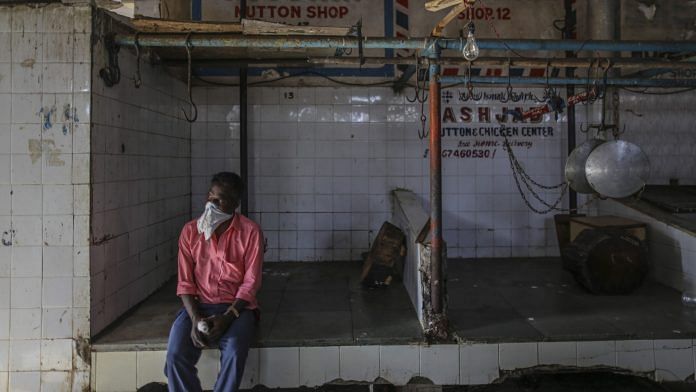New Delhi: The government of India has released a containment plan for large outbreaks. The plan is based on the Bhilwara model — Rajasthan government’s strategy in the Bhilwara district, which is a Covid-19 hotspot.
The Bhilwara district is 530 kilometres from Delhi, in Rajasthan. In 2011, the population in the district was approximately 24 lakh and today it must be around 35 lakh.
Dr Niyaz Khan was the first Covid-19 patient in the district. It is unknown how he got the disease, but soon after he got it, many other cases were reported.
Rohit Kumar Singh, Rajasthan’s health secretary, is considered the man behind the planning and implementation of the containment strategy in Bhilwara.
The Bhilwara plan was implemented when 27 Covid-19 cases were reported. Under this plan, the district was locked down on 20 March, before the lockdown was implemented anywhere else. On 2 April, the district was completely sealed. The government delivered supplies and even cooked food for people as shops were closed.
Six hotspots were identified in Bhilwara, where the implementation of the plan was stricter and 30 Lakh people were tested for influenza-like symptoms. Out of 2,816 Covid-19 tests that were conducted in Bhilwara, 27 were found positive.
Four hospitals and 27 local hotels were taken over by the government to quarantine suspects. No new case has been reported in Bhilwara in the last seven days but 950 people are still in quarantine and 7,620 are home quarantined.
Also read: More than ventilators, India needs thousands of coronavirus contact-tracers
Taking it to the rest of the country
The government has drawn a plan for containment of the virus in hotspots based on the steps taken in Bhilwara. Geographical areas will be quarantined under this model. Clusters of infections will be identified within the quarantined area and steps, which were taken in Bhilwara, will be taken in these clusters.
The Disaster Management Act of 2005 and the Epidemic Diseases Act of 1897 can be used to implement the model. CrPc and IPC sections can be used to book violators.
People will be checked for influenza-like symptoms. They will be monitored actively and tested. Labs will give results in 12 to 24 hours. People with respiratory infections will be reported to a central database.
Additionally, according to the plan, all healthcare workers should use hydroxychloroquine as prophylactic. Very ill patients should be given a combination of hydroxychloroquine & azithromycin.
If there are no cases for four weeks, normalcy can be declared.
Watch the latest episode of CTC here:
Also read: Punjab’s high Covid-19 death rate triggers political mudslinging, Badal alleges negligence



